- NTA技術對於特性研究之重要性 Significance of NTA technology in their characterisation
- 為何粒徑大小, 濃度及奈米追蹤技術如此重要 Why particle size, concentration and tracking with NTA (nanoparticle tracking analysis) becomes key
- 現場展示最新奈米追蹤技術NanoSight Pro *新儀器* Live demo on the latest NTA technology by Malvern Panalytical – NanoSight Pro
- 取樣及樣品製備 Sampling and sample preparation
- 最佳體驗獲取更佳的數據品質 Best lab practices for superior data quality
- 人性化軟體 (NS Pro Xplorer) 進行數據分析Data analysis with the smart software using NS Pro Xplorer
- NTA 培訓課程 (12月25日 )
Exosome & EV研討會:
奈米粒子追蹤技術
對於外泌體及細胞外囊泡特性研究之重要性
Significance of NTA technology in the characterisation of exosomes and extracellular vesicles
費用: 免費
12月26日 | 台灣大學生命科學館(生命科學院)三樓演講廳(332室)

I’m a paragraph within a column. You can choose to either show or hide me. You can also add any image or button you’d like within each column and even a video background to the entire element itself.
關於活動
細胞外囊泡及外泌體受限於偵測技術, 只能透過電子顯微鏡或是傳統的檢測方法如動態光散射(DLS)來檢測。而傳統流式細胞儀受限於300nm的偵測極限,對於大部分的細胞外囊泡特性分析造成挑戰。NTA可偵測粒徑分布及粒子濃度, 其螢光分析模式更能偵測到外泌體的生物標誌。 本次研討會由 Malvern Panalytical(台灣思百吉股份有限公司)、國立台灣大學生物技術研究中心、國立台灣大學生命科學院共同舉辦。我們也將在本次研討會中探討細胞外囊泡和外泌體之研究 Extra-cellular microvesicles and exosomes are instrumental as biomarkers for a wide range of treatments from cancer to diabetic therapies. It is noted that traditional characterisation methods of exosomes or EVs are limited. For instance, conventional flow cytometry has a lower limit in practice of some 300nm and therefore cannot see the majority of microvesicular material thought to be present. NTA offers a means by which not only can such structures be seen and concentration measured, but variations in the technique, such as fluorescence mode NTA, have allowed exosomes to be phenotyped. This multi-parameter capability, compatible with natural structures in their native environment promises to be of significant value in the elucidation of the role these structures play. Join us for our free seminar co-organised by Malvern Panalytical, National Taiwan University Biotechnology Center and National Taiwan University’s Department of Life Sciences. Our guest speakers will discuss about their research in extracellular vesicles and exosomes; namely how NTA technology is instrumental towards the classification and tracking of such nanoparticles in today’s modern medicine
更多信息
日程:
時間 |
課程 |
客座主持人 |
9:30 |
報到 Registration |
|
10:00 |
歡迎致詞 Welcome |
|
10:05 |
使用外泌體及細胞外囊泡作為生物誌 Using exosomes & extracellular vesicles as biomarkers |
陳玉書 博士 Field Application Specialist |
10:45 |
源自脂肪幹細胞的外泌體:在整形和美容手術中的應用 Exosomes from Adipose-derived stem cells: The potential applications in plastic and aesthetic surgery |
鄭乃禎 醫師 台大醫學院外科教授 台大醫院整形外科主任 |
11:30 |
休息時間 Tea break |
|
11:45 |
細胞外囊泡, 外泌體, 微脂體重複性及準確定量 Reproducible and accurate quantification of EVs, exosomes or liposomes |
陳玉書 博士 Field Application Specialist |
12:30 |
午餐 Lunch |
|
13:30 |
由外囊泡研究, 了解生命科學及醫學應 Extracellular Vesicles: new horizon for understanding life science and medicinal applications |
沈湯龍 教授 台大生技中心主任 台大植微系系主任 |
14:15 |
實機操作 Practical hands-on: |
陳玉書 博士 Field Application Specialist |
15:00 |
休息時間 Tea break |
|
15:15 |
數據結果討論 (如何發現不良數據及獲取更佳的數據品質) Data analysis continued (how to spot bad data and how to achieve superior data quality) |
陳玉書 博士 Field Application Specialist |
15:45 |
Q & A |
|
16:00 |
結束End |
相關使用者研討會

